Science Illustrated delivers natural science, break through discoveries and an understanding of the world for the entire family. Packed with stunning photography and in-depth editorial it’s a visually spectacular gateway to the world looking into the beginning of life to distant objects in the universe.
SUBSCRIBE & START SAVING NOW!
TEST YOURSELF
AUSTRALIAN SCIENCE ILLUSTRATED
Army bivouac: Nomadic ants build living castle
Plasma on parade: Vast red sprites haunt the sky
Red spread: Scientists are learning to farm on Mars
The face of Denisovan humans • One single little finger bone has provided American scientists with the genetic information required to produce the first portrait of this extinct human species.
Plants to be vaccinated against viruses
Three supermassive black holes on a collision course
One big whale is worth US$2m
Auto-brewery gut bacteria get you drunk
FIRESTOPPER: gel could fireproof high-risk areas • A new liquid which can be sprayed in advance onto high-risk vegetation might prevent Californian wildfires from taking hold.
Why do lions have large muscles?
What are ‘brittle bones’? • “I often hear of people who have ‘brittle bones’, and I know this means osteoporosis. But what causes the phenomenon, and why does it lead to bone fractures?”
BIG NUMBERS • Which has more objects – the Kuiper Belt or the Asteroid Belt?
How do plants stretch towards the sunlight?
4 STEPS • Why does a shower curtain stick to us?
WHAT IS DENTAL FLOSS MADE OF?
How did units of measurement originate? • Who decided the length of our units of measurement? And how is a length of one metre actually defined?
Does water’s boiling point change with altitude?
WHAT IS THIS? • Ice circle on American river
Can a planet be covered in forest or swamps? • The Star Wars universe includes planets entirely covered by forest (Endor) or swamps (Dagobah). But could such planets really exist?
New discoveries disclose the dinosaurs’ dying days: DOOMSDAY MOMENT BY MOMENT • Earthquakes, monster waves, and red-hot glass balls – a new discovery has revealed details of what happened to Earth’s animals in the first seconds, minutes and hours after the meteor strike that ultimately wiped out the dinosaurs.
Asteroid showers Earth in molten rock • A massive metal-containing rock larger than Mount Everest collides with Earth at a speed of 100,000km/h. The strike liquifies the ground beneath into a porridge, and Earth is showered in molten rock.
Earthquake causes monster waves • The asteroid strike shakes the foundations of our planet and makes huge oceans ripple like in a bowl of water. In Tanis, North Dakota – 3000km from the impact zone – waves flood a river estuary, burying animals and plants in mud.
Scientists unearth asteroid victims • Scientists have been excavating in Tanis, USA, where dinosaurs and fish were bombarded with tiny rocks flung thousands of kilometres by a huge asteroid.
Red-hot glass balls rain down • 40,000 cubic kilometres of molten rock is flung into the atmosphere, much of it in the shape of glass droplets, which harden into balls. Ejected at speeds up to 36,000km/h, they rain down on the planet’s animals and plants.
Soot and sulphur cause ice age • Earth is showered with 40 billion tonnes of sulphuric acid. The first days following the impact are catastrophic for Earth’s animals, but it gets even worse. Sootot and sulphur black out the sky, causing an extreme ice age.
Power in the darkness from inverted solar cells • It seems counter-intuitive, but the utter coldness of outer space could offer a new source of energy. Scientists have invented a technology that converts heat that naturally flows...
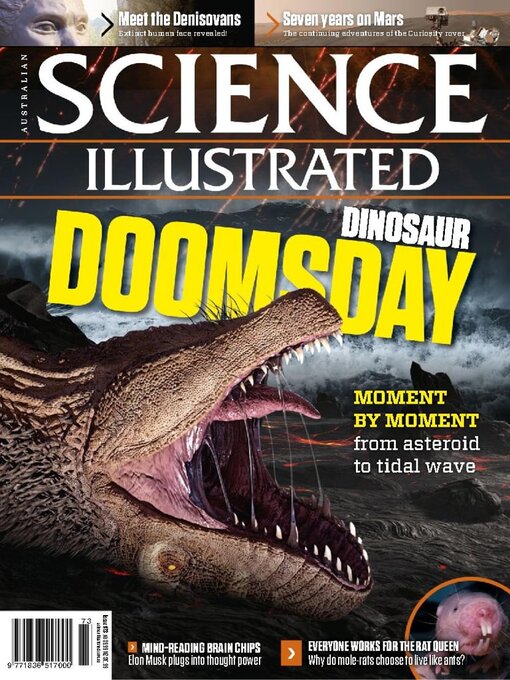
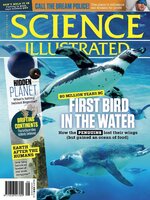 Issue 108
Issue 108
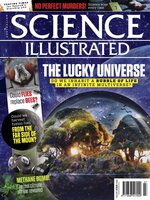 Issue 107
Issue 107
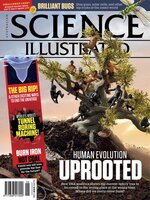 Issue 106
Issue 106
 Issue 105
Issue 105
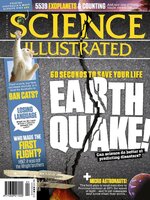 Issue 104
Issue 104
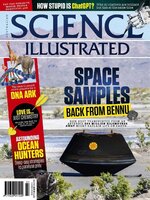 Issue 103
Issue 103
 Issue 102
Issue 102
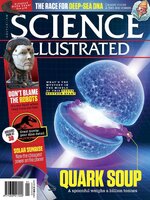 Issue 101
Issue 101
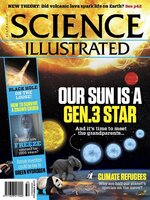 Issue 100
Issue 100
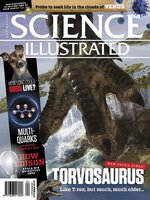 Issue 99
Issue 99
 Issue 98
Issue 98
 Issue 97
Issue 97
 Issue 96
Issue 96
 Issue 95
Issue 95
 Issue 94
Issue 94
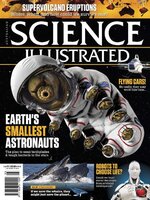 Issue 93
Issue 93
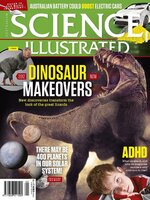 Issue 92
Issue 92
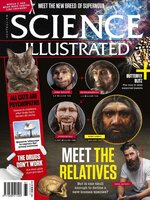 Issue 91
Issue 91
 Issue 90
Issue 90
 Issue 89
Issue 89
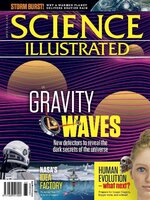 Issue 88
Issue 88
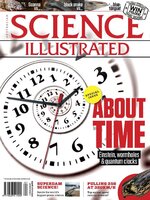 Issue 87
Issue 87
 Issue 86
Issue 86
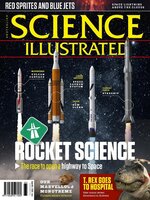 Issue 85
Issue 85
